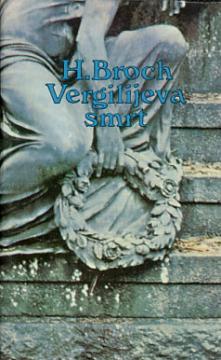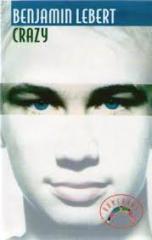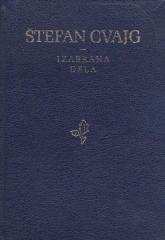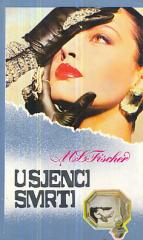
Vergilijeva smrt
„Vergilijeva smrt“ (1945) Hermana Broha, remek-delo moderne književnosti, je filozofski i poetski roman koji prati poslednjih 18 sati života rimskog pesnika Publija Vergilija Marona.
Smešten u Brindiziju 19. godine pre nove ere, roman istražuje teme umetnosti, smrtnosti, etike i smisla postojanja kroz Vergilijeve unutrašnje borbe i vizionarske meditacije.
Vergilije, teško bolestan, plovi u Italiju sa carem Avgustom. Suočen sa sopstvenom smrću, on preispituje svoj život i delo, posebno „Enejidu“, koju smatra neautentičnom jer slavi carstvo na račun čovečanstva. U grozničavim razmišljanjima, on razmatra granice umetnosti, njenu nemogućnost da uhvati istinu i njen odnos prema moći. Vergilije želi da uništi „Enejidu“, ali Avgust ga ubeđuje da je sačuva, simbolizujući sukob između umetnika i političke moći.
Roman je podeljen na četiri dela – Voda, Vatra, Zemlja, Vazduh – svaki sa drugačijim stilom, od lirskog do filozofskog, odražavajući Vergilijevu unutrašnju transformaciju. Kroz susrete sa prijateljima, robovima i vizije, Vergilije doživljava kosmičko putovanje, suočavajući se sa univerzalnom međusobnom povezanošću života i smrti. Brohov složen, polifoni jezik i duboka filozofska razmišljanja čine roman meditacijom o modernoj krizi duha, sa paralelama sa totalitarizmom 20. veka.
Delo, uporedivo po pisanju sa Džojsom i Prustom, ostaje snažan apel za etičku odgovornost umetnika i pojedinca pred istorijom.
Jedan primerak je u ponudi





